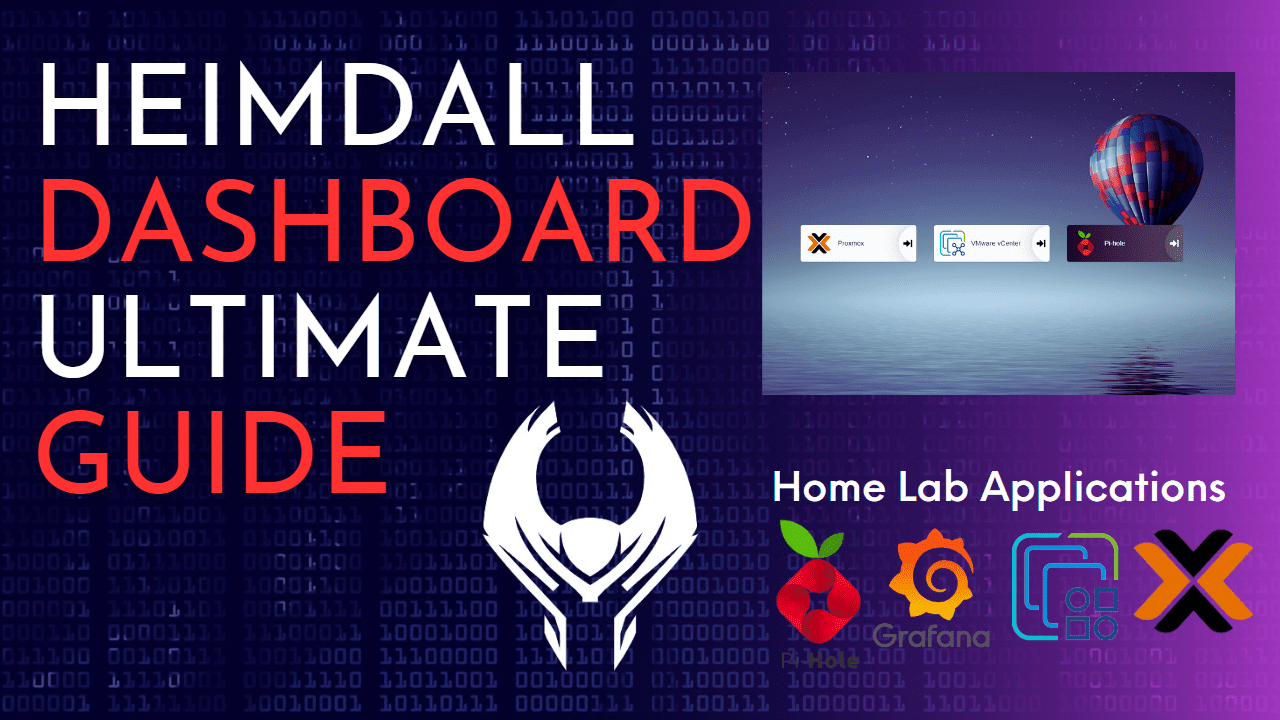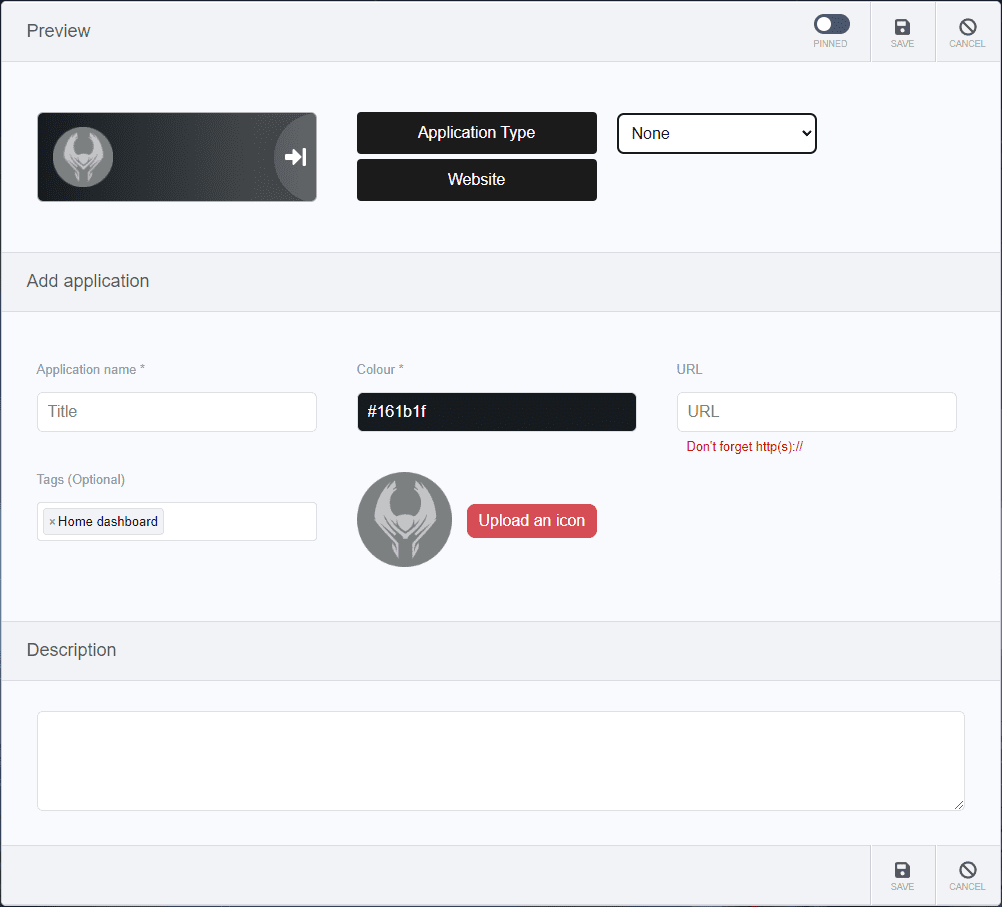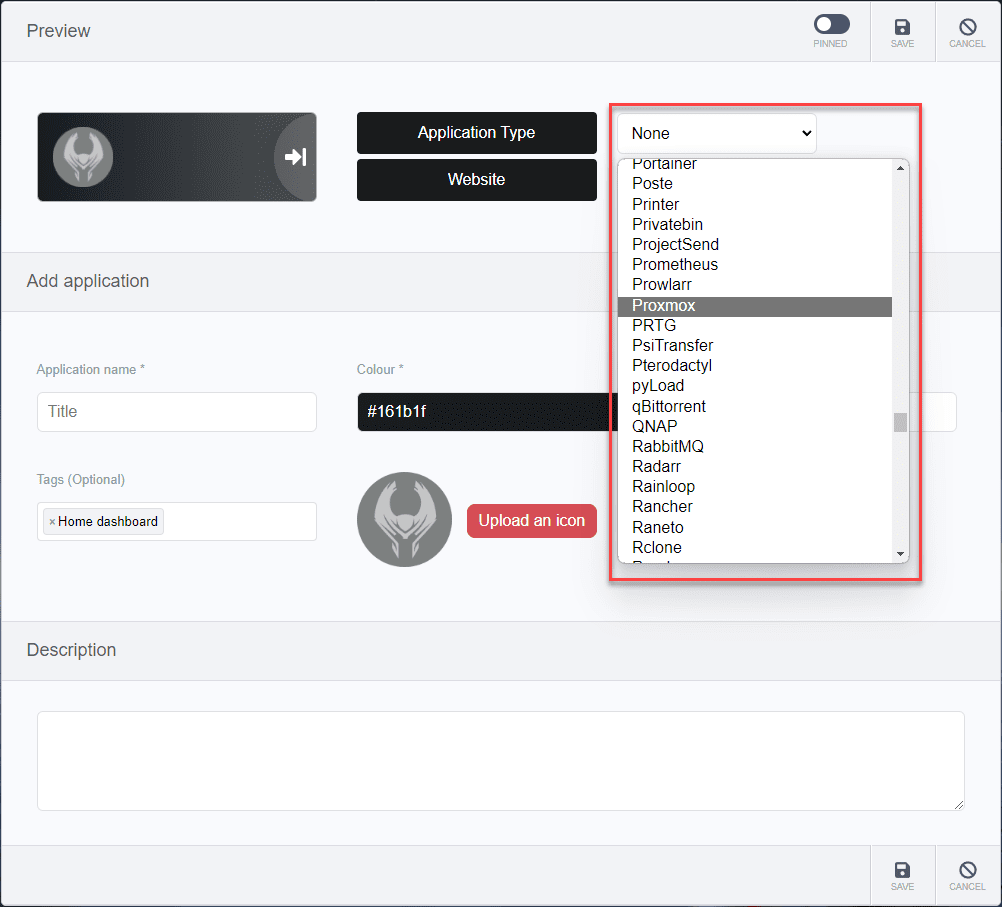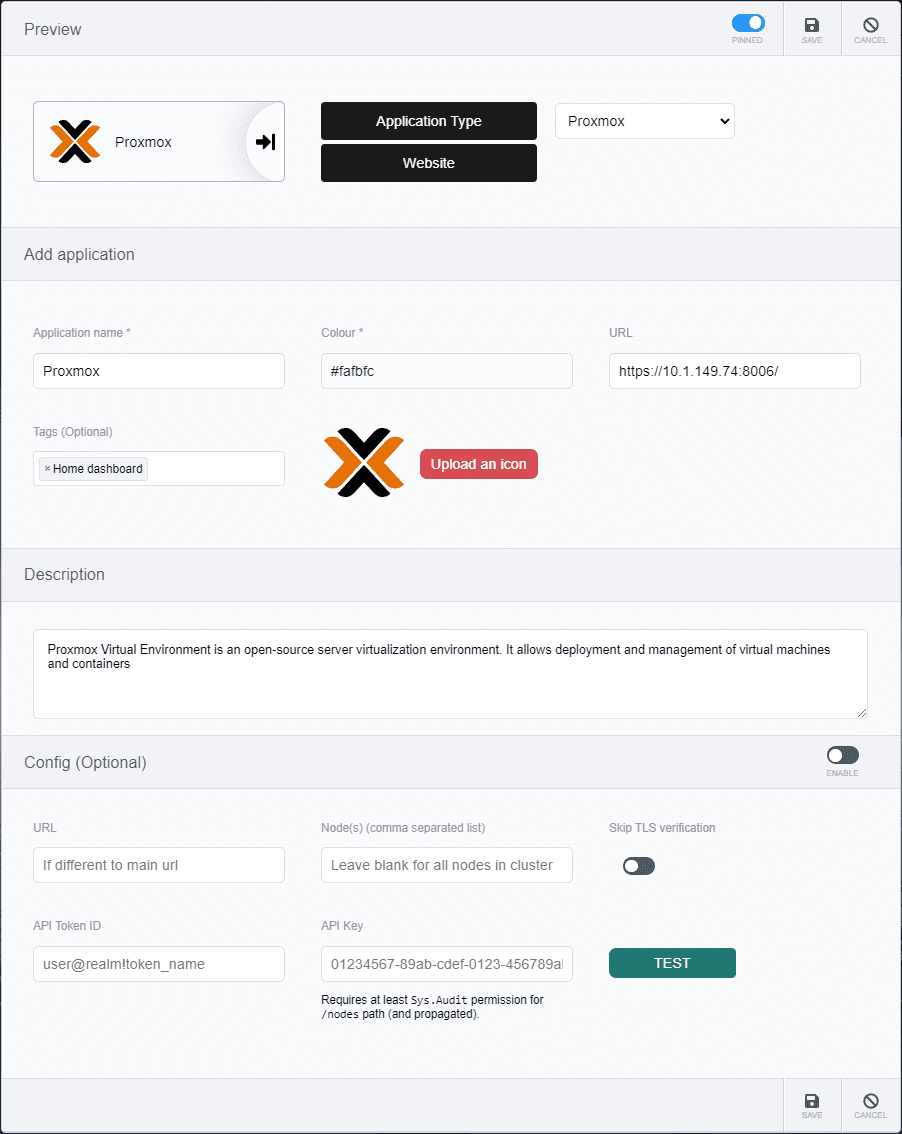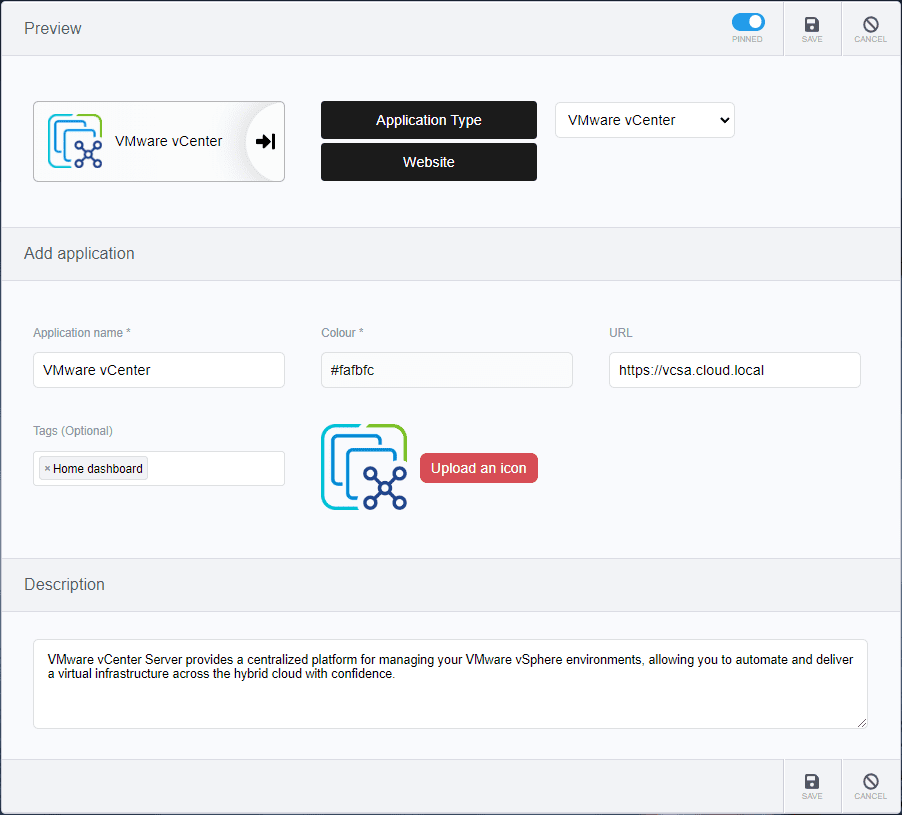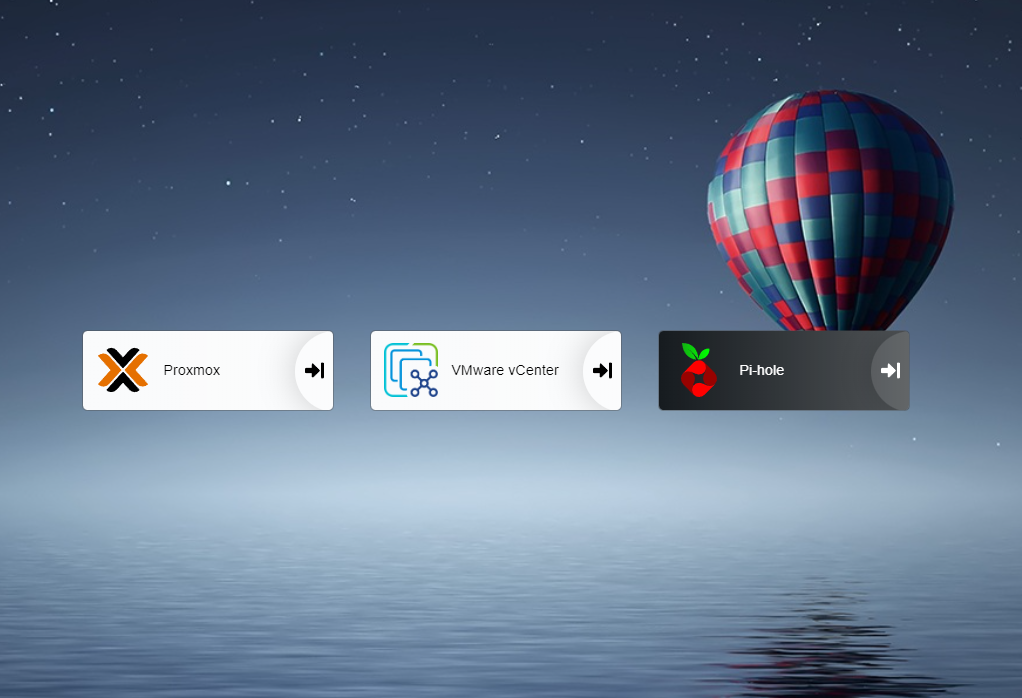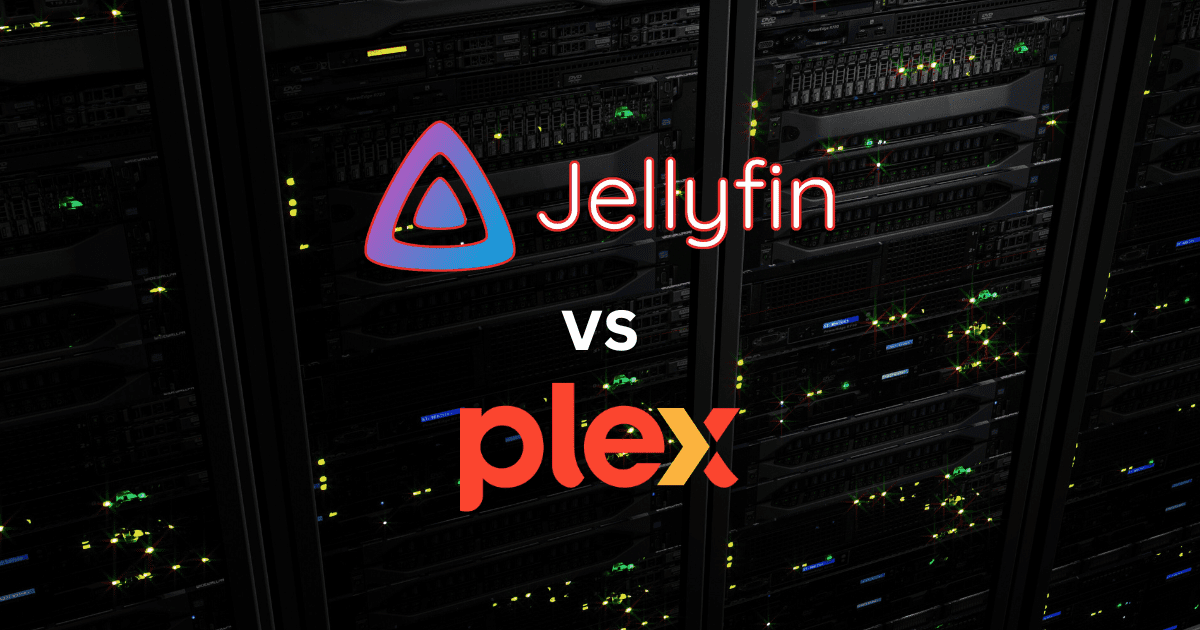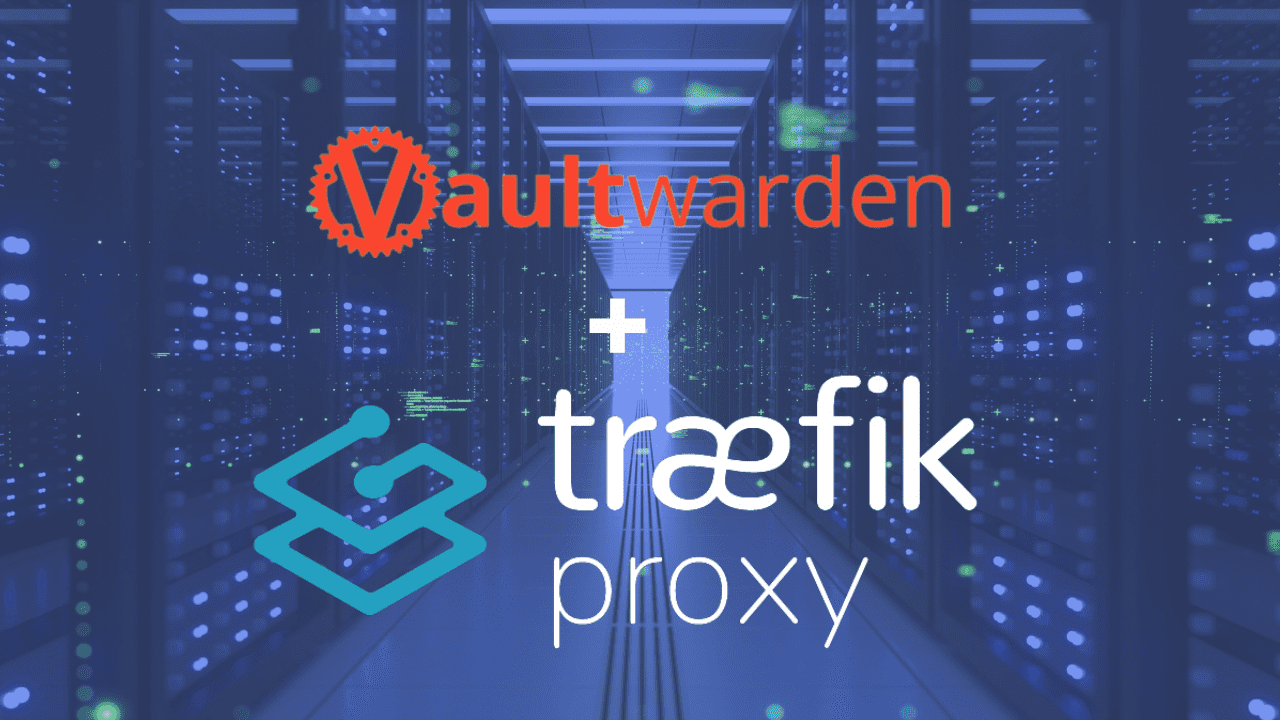When you start to amass dozens or even hundreds of services in your home lab, between containers, hosts, networking gear, Kubernetes, and many other services that you want to run or tinker with, keeping up with it all can be difficult and challenging. That is where a home lab dashboard comes in. A home lab dashboard makes this an easy task or much easier than just keeping up with a spreadsheet as an example. A quick Google search often suggests Heimdall application dashboard, and with good reason.
Table of contents
- What is the Heimdall application dashboard?
- Installing Heimdall Dashboard with Docker Command Line
- Traefik Reverse Proxy (using self-signed certificates)
- Customizing Your Dashboard
- Integrating APIs and Services
- Heimdall FAQs
- What is Heimdall?
- How can I install Heimdall?
- Can I customize the appearance of my Heimdall Dashboard?
- Can I add links to anything in Heimdall?
- Is Heimdall Dashboard open source?
- Can I use Heimdall Dashboard with a reverse proxy?
- What types of apps can I add to my Heimdall Dashboard?
- Can I contribute to the Heimdall Dashboard project?
- Wrapping up
What is the Heimdall application dashboard?
Heimdall is a dashboard application that is open-source and makes a really great dashboard that looks good and allows managing your apps in a single place altogether.
You can check out Heimdall dashboard here: Heimdall Application Dashboard.

Installing Heimdall Dashboard with Docker Command Line
First, you will want to make sure you have Docker installed on your system. If you haven’t, you can follow the official Docker container installation guide for your operating system or distro that you are using here: Install Docker
Run the following command to download and run the Heimdall Dashboard Docker image:
docker run -d --name=heimdall -p 80:80 -p 443:443 -v heimdall_data:/config ghcr.io/linuxserver/heimdallThis command will download the Heimdall Dashboard Docker imagel. It will create a new container named “heimdall,” and bind ports 80 and 443 on your host to the container. Note that it will also create a volume named “heimdall_data” to store the configuration files.
Once the Docker container is running and everything is spun up, you can access the Heimdall Dashboard solution in your web browser by visiting http://localhost or the IP address of the machine running Docker.
Traefik Reverse Proxy (using self-signed certificates)
Make sure you have Docker and Docker Compose installed on your system. If you haven’t, follow the official Docker installation guide for your operating system: Install Docker and Install Docker Compose
Create a new folder to store your Docker Compose configuration file:
mkdir heimdall-traefik && cd heimdall-traefikCreate a docker-compose.yml file in the folder in which you created for your home lab services,with the following content:
version: '3.3'
services:
traefik2:
image: traefik:latest
restart: always
command:
- "--log.level=DEBUG"
- "--api.insecure=true"
- "--providers.docker=true"
- "--providers.docker.exposedbydefault=true"
- "--entrypoints.web.address=:80"
- "--entrypoints.websecure.address=:443"
- "--entrypoints.web.http.redirections.entryPoint.to=websecure"
- "--entrypoints.web.http.redirections.entryPoint.scheme=https"
ports:
- 80:80
- 443:443
networks:
traefik:
ipv4_address: 172.19.0.10
volumes:
- /var/run/docker.sock:/var/run/docker.sock
container_name: traefik
heimdall:
image: ghcr.io/linuxserver/heimdall
container_name: heimdall
restart: always
networks:
traefik:
ipv4_address: 172.19.0.11
environment:
- LOG_LEVEL=debug
labels:
- "traefik.enable=true"
- "traefik.http.routers.heimdall.tls=true"
- "traefik.http.routers.heimdall.rule=Host(`heimdall.cloud.local`)"
- "traefik.http.routers.heimdall.entrypoints=websecure"
- "traefik.http.services.heimdall.loadbalancer.server.port=80"
volumes:
- ./heimdall_data:/config
networks:
traefik:
driver: bridge
name: traefik
ipam:
driver: default
config:
- subnet: 172.19.0.0/16After you have your docker compose file created, you can issue the command:
docker-compose up -dWe can see the container up and running along with Traefik as our reverse proxy solution.
Adding applications
You can easily add applications to your new Heimdall dashboard. Below, we are adding a few services, including Proxmox, VMware vCenter, and PiHole.
Heimdall includes a large number of applications by default. You can start typing in the search bar to shortcut to finding your application.
Adding a Proxmox node. One of the nice things with Heimdall is it automatically includes the common icons for the service.
Adding a VMware vSphere environment.
After adding three services, you can see the tiles listed on the Heimdall dashboard.
Customizing Your Dashboard
You can easily customize your dashboard running in Heimdall and this is where dashboards really shine. It allows you to customize and tweak things so they are convenient and easy to find for you.
You can modify the dashboard’s default background color, add links to anything you have running, and fine-tune your app settings.
Integrating APIs and Services
You can also connect up your APIs for web applications and services. Users can access additional app features and data by entering API credentials. This makes the dashboard solution even better and really more useful.
For instance, a PiHole instance on the tile can display the number of blocks and other statistics, known as an enhanced app.
Heimdall FAQs
What is Heimdall?
Heimdall Dashboard is an elegant, visually pleasing app with a central location for all your web applications. It offers a user-friendly interface for organizing links to your favorite websites and applications in a single dashboard.
How can I install Heimdall?
You can install Heimdall using Docker, Docker Compose, or by cloning the repository and setting it up manually. This blog post covers installation using Docker and Docker Compose with Traefik reverse proxy and self-signed certificates.
Can I customize the appearance of my Heimdall Dashboard?
Yes, you can customize the background color, app icons, and other visual configs of your Heimdall Dashboard. This let’s you do things like to create a unique and visually appealing interface that suits your preferences.
Can I add links to anything in Heimdall?
Heimdall allows you to add links to anything, including web applications, websites, search engines or browser start pages.
Is Heimdall Dashboard open source?
Heimdall is open-sourced software licensed under the MIT license. You can use, modify, and distribute the software if you comply with the license terms.
Can I use Heimdall Dashboard with a reverse proxy?
You can set up Heimdall with a reverse proxy as we have shown like Traefik or Nginx Proxy Manager. This blog post covers the setup process using Docker Compose with Traefik reverse proxy and self-signed certificates.
What types of apps can I add to my Heimdall Dashboard?
Heimdall supports three categories of apps: Foundation Apps, Enhanced Apps, and Generic Items. These app types provide varying levels of functionality and customization, depending on your needs and preferences.
Can I contribute to the Heimdall Dashboard project?
You can contribute to the Heimdall Dashboard project by submitting pull requests, reporting issues, or helping with translations. The project encourages people to get involved and help improve the software.
Other posts you might enjoy
Wrapping up
I hope you have enjoyed this overview of Heimdall, a great home lab application dashboard providing many excellent features and capabilities to aggregate all your home lab services into a single pane of glass. There are many other great dashboards out there. However, Heimdall is certainly on the shortlist of dashboard applications.
Google is updating how articles are shown. Don’t miss our leading home lab and tech content, written by humans, by setting Virtualization Howto as a preferred source.

